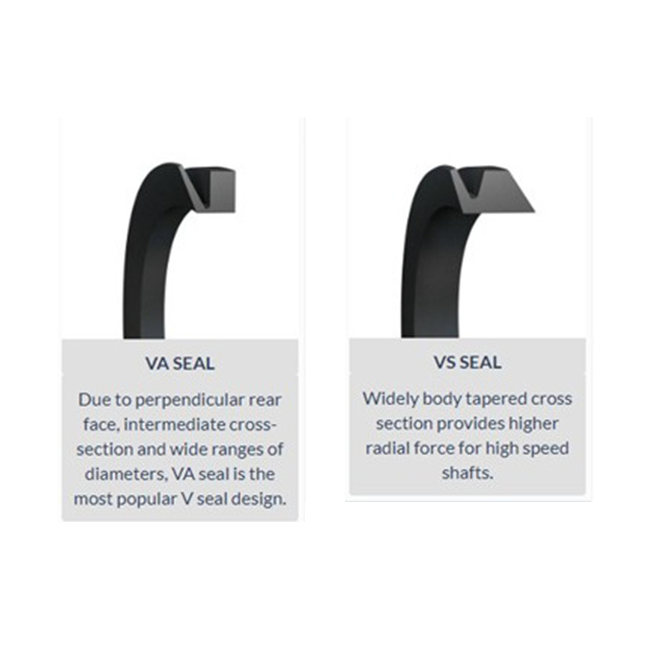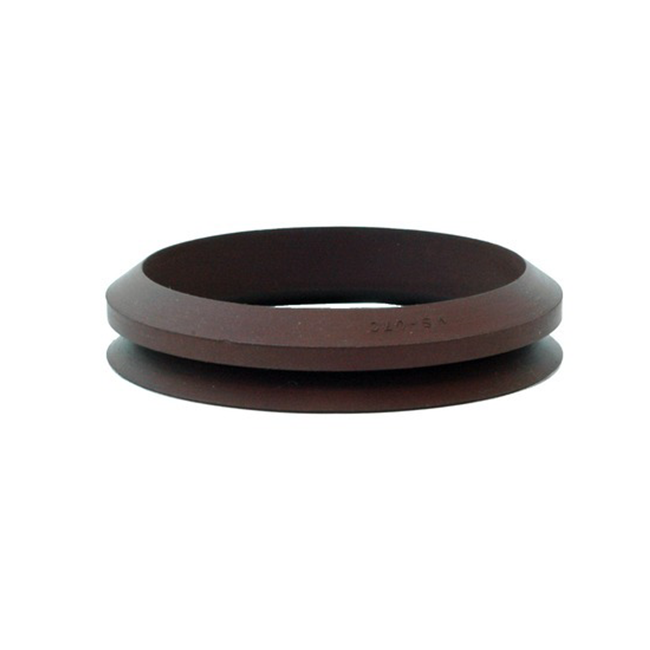Seals
Oil Seals
Oil seals are used to protect shafts and bearings from ingress of dirt and foreign matter and egress of oil or grease. An oil seal generally consists of an outer circular metal part and an inner flexible member that does the actual sealing and is bonded to the metal part by chemical adhesive agents.
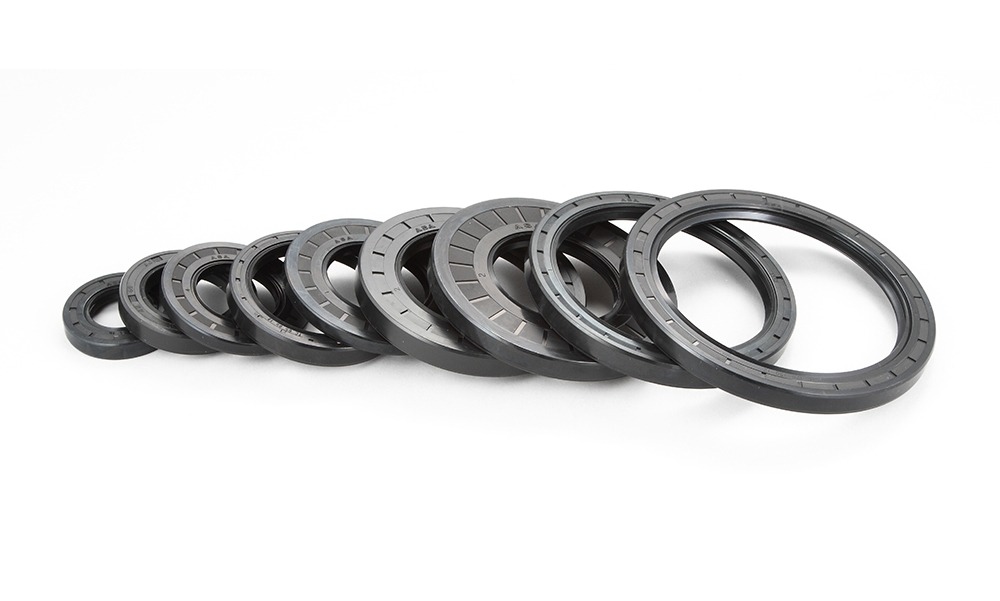 Nitrile rubbers are suitable for organic solvents, petrol, aviation turbine fuels, hydraulic oils, transformer coolants, mineral oils, etc. High acrylonitrile and medium acrylonitrile content nitrile rubbers are available which can be employed based on the functional requirements of seals.
Nitrile rubbers are suitable for organic solvents, petrol, aviation turbine fuels, hydraulic oils, transformer coolants, mineral oils, etc. High acrylonitrile and medium acrylonitrile content nitrile rubbers are available which can be employed based on the functional requirements of seals.
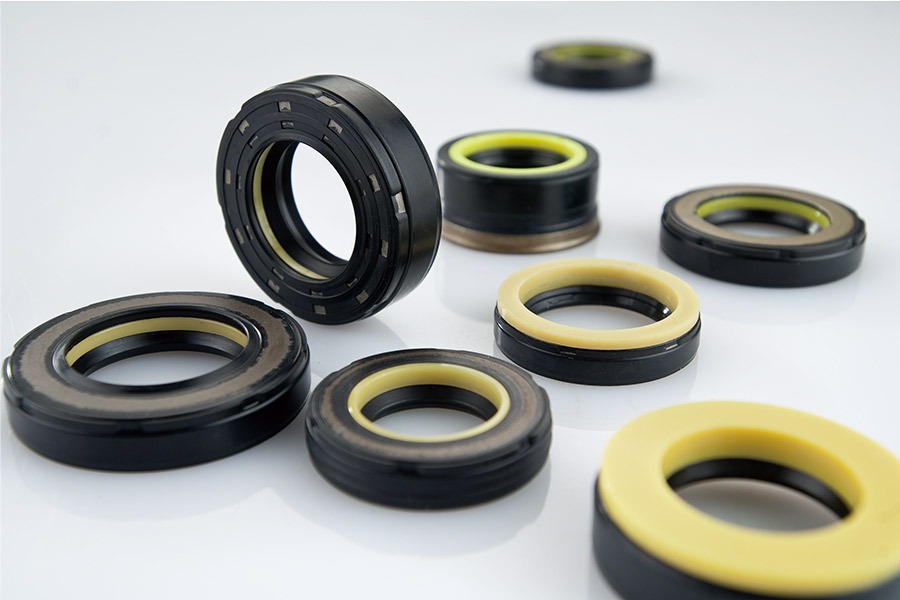 The Power Steering Oil Seal is used in the power steering system of automobiles. Its function is to prevent dust, sand, and water from entering the steering system, keep gears lubricated, and ensure the normal operation of the power steering system.
The Power Steering Oil Seal is used in the power steering system of automobiles. Its function is to prevent dust, sand, and water from entering the steering system, keep gears lubricated, and ensure the normal operation of the power steering system.
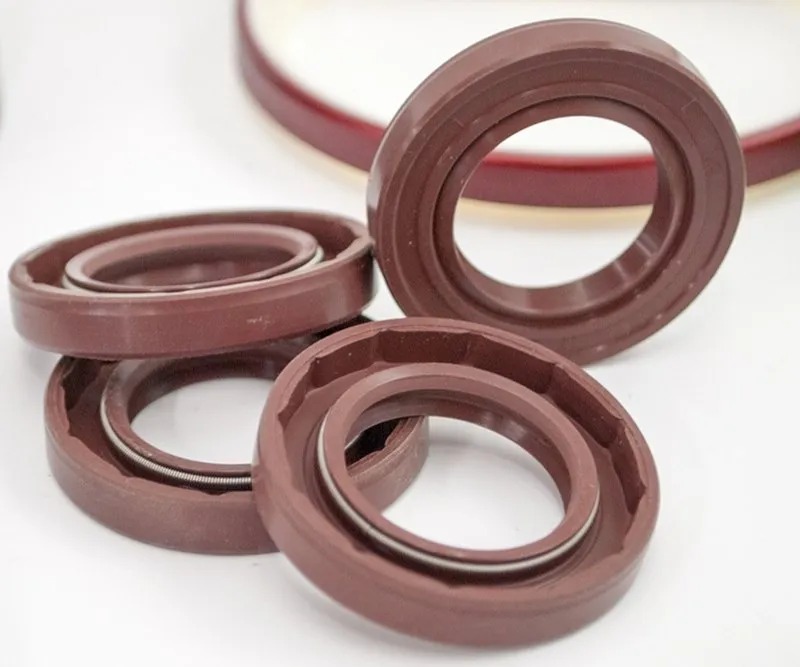 Viton Seals are widely used in aerospace, military, chemical processing, oil and gas, and other application areas with extreme temperature, pressure, and chemical environments.
Viton Seals are widely used in aerospace, military, chemical processing, oil and gas, and other application areas with extreme temperature, pressure, and chemical environments.
Mechanical Seals
Mechanical seals are devices that are used to provide a seal at the point of entry or exit of a rotating shaft. Typically it is used to prevent the leakage of one high pressure fluid into a lower pressure fluid.
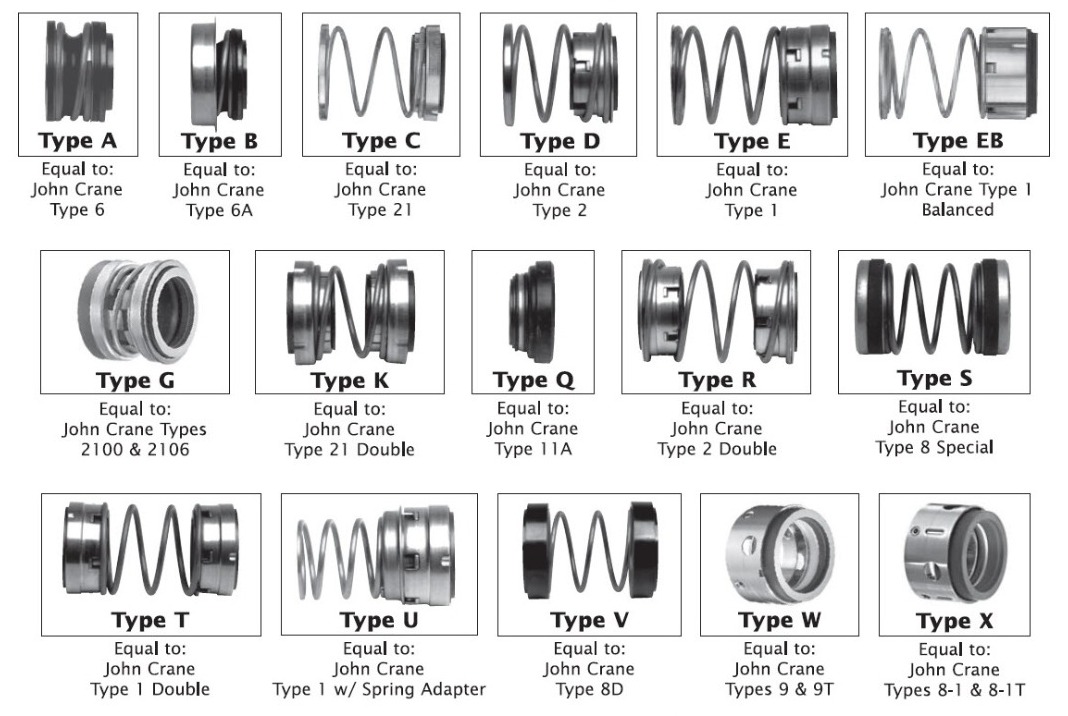
O Ring
An O-ring, also known as a packing or a toric joint, is a mechanical gasket in the shape of a torus; it is a loop of elastomer with a round cross-section, designed to be seated in a groove and compressed during assembly between two or more parts, forming a seal at the interface.
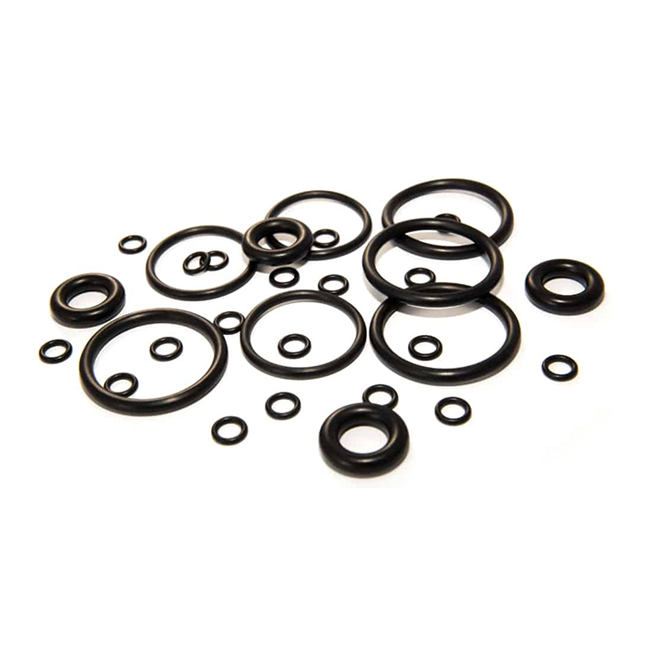
NBR

VITON
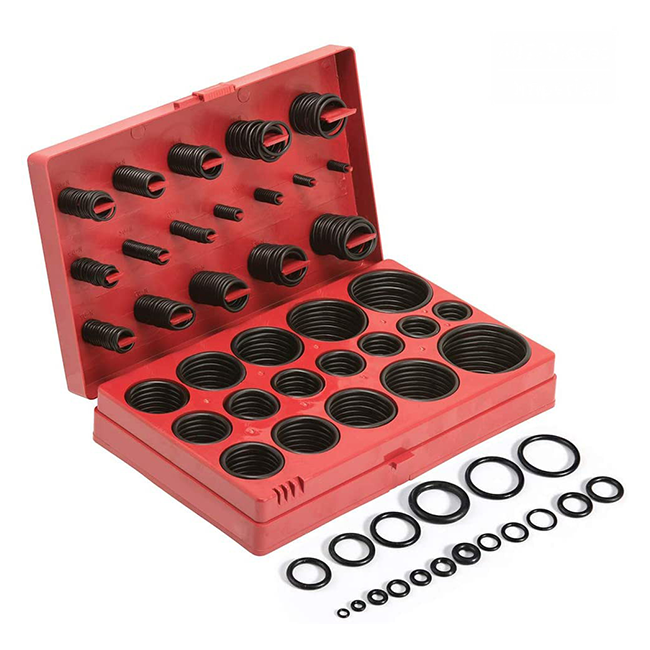
O RING KIT NBR - MM/INCH
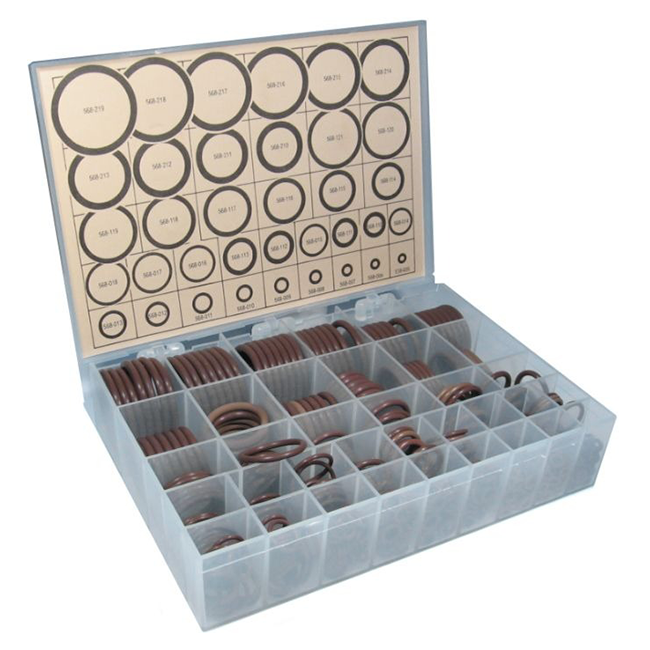
O RING KIT VITON - MM/INCH
V Seal
The function of a V-seal is to exclude dirt, water or other aggressive media from entering bearing housings while also retaining grease. The V-seal stretches over the shaft and assumes a tight interference fit. The V-seal rotates with the shaft causing the lip to rotate against the housing or bearing. As the speed increases, friction decreases due to centripetal force.
